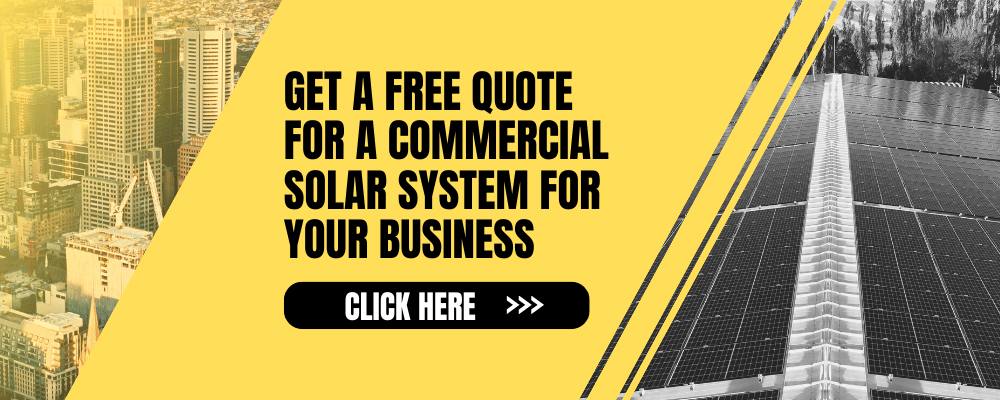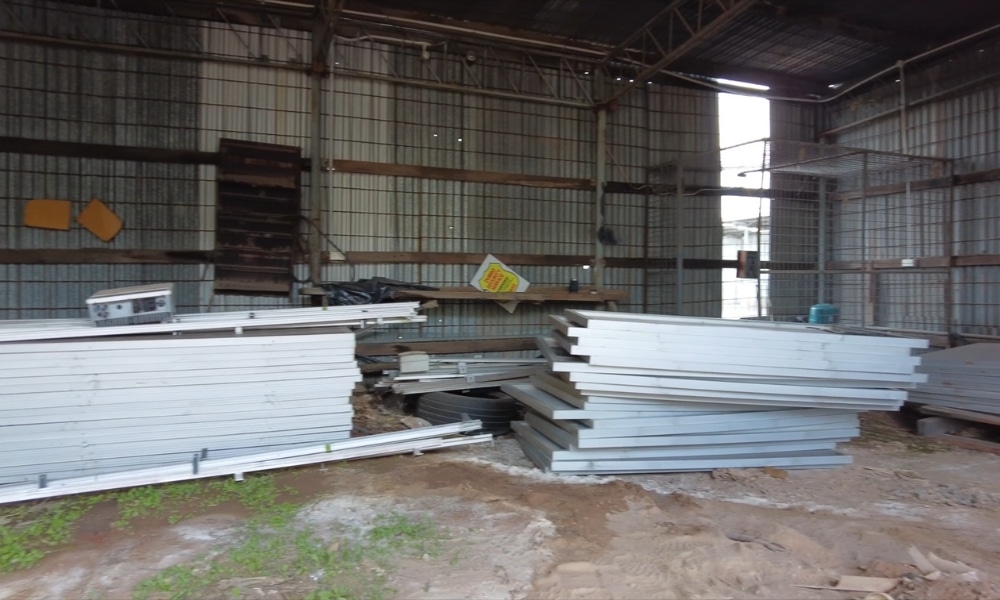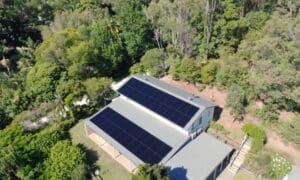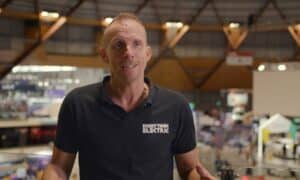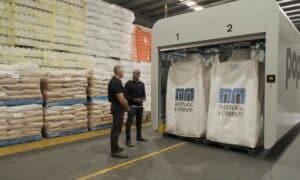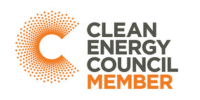Australia leads per capita solar uptake, with nearly 3.92 million PV systems totalling 37.8 GW as of September 2024. But the nation also faces a tipping point in solar e‑waste. In 2024 alone, around 280,000 tonnes of end‑of‑life panels will hit waste streams, and that could swell to 685,000 tonnes by 2030 and resolve to 1.16 million tonnes by 2035.
This surge is driven by two factors: booming installations and premature replacements. Panels still operating at 50% capacity after just 10–12 years are often scrapped, brands chase newer models, or system upgrades trigger full panel swaps.
Why recycling and reuse matter
- Recover valuable materials: Panels contain aluminium, glass, silicon, copper, and silver. Efficient recycling can reclaim up to 95% of these valuable components. Brisbane’s Pan Pacific facility already recovers silver and copper, processing up to 30,000 panels a year, with plans to ramp up.
- Reduce landfill and environmental harm: With only 17% of panel components currently recycled, most end up in landfill. Victoria and South Australia have banned solar panels from landfill, but other states lack regulation.
- Support circular economy growth: Boosting recycling aligns with national circular economy targets: a 10% cut in material footprint, 80% resource recovery, and could add AU$26 billion to GDP over the next decade.
- Meet net‑zero goals: Reusing panels extends their life and cuts emissions. Glass recovery alone may reduce PV sector emissions by over 2 million tonnes yearly.
Spotlight on second‑life solar
Energy Matters Episode 6 highlights Second Life Solar, Australia’s initiative to test, refurbish, and redeploy used panels. Their rapid‑test rig, developed with CSIRO, checks panel performance in under 60 seconds, at minimal cost.
Projects like a recent 100 kW installation at Wagga Wagga show second‑hand panels can be trusted for new use. Far from junk, second‑life panels can return value: one 300 W panel could generate about AU$117 in electricity annually, far outperforming its commodity scrap value.
Blue Tribe estimates Australia could redeploy 8 GW of serviceable panels by 2030, with no need to recycle or scrap them. That’s nearly a quarter of the current rooftop capacity.
Cutting‑edge recycling tech
An UNSW white paper flags that most recyclers still only remove frames and glass, extracting metals like copper, silver, and silicon remains tricky. Advanced processing pilots overseas leverage chemical, delamination and thermal methods for high‑value recovery.
In Queensland, Pan Pacific recovers metal, glass, silicon, and plastics with no landfill waste. Scaling this could support reuse and recycling across all states.
Barriers and policy solutions
Cost: Recycling still costs AU$10–15 per panel, more than substitution with cheap imports.
Regulation: Australia lacks a national product stewardship scheme. The NSW white‑paper roadmap recommends one by 2025, yet progress lags.
Infrastructure: Recycling facilities remain few; states like WA plan bans, but broader waste rules are fragmented.
Market competition: Low‑cost new panels, especially from China, outcompete second‑life panels.
What Australia must do
- Fast‑track product stewardship by 2025, with producer liability for recycling/disposal.
- Invest in recycling infrastructure and scaled pilot programs.
- Support second‑life testing and redeployment, especially for schools, councils, and remote areas.
- Encourage design for recyclability, ensuring manufacturers produce panels easy to dismantle.
- Drive consumer and installer awareness, promoting reuse over premature replacement.
With proper systems, Australia could avoid landfilling 8 GW of still‑good panels and recover critical metals vital for net‑zero success. Circular solutions could add billions to our economy while slashing emissions.
Conclusion
Australia’s solar moment doesn’t end at rooftop installation. It extends to how we handle the waste and repurpose panels reaching end‑of‑life. Embracing second‑life solar and robust recycling will help turn a looming e‑waste crisis into a resource opportunity. Let’s give panels a fair crack at life number two, and keep our clean energy boom truly clean.
Ready to find out more? Watch episode 6 of Energy Matters on 9Now.










